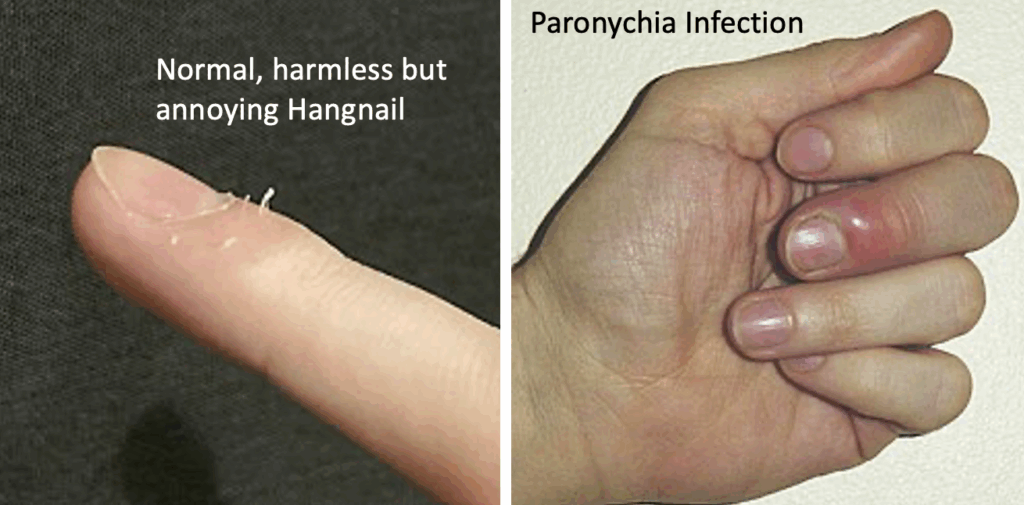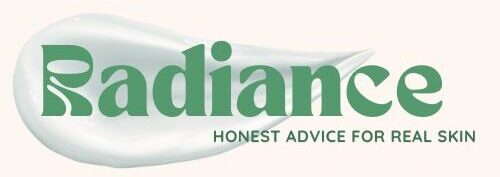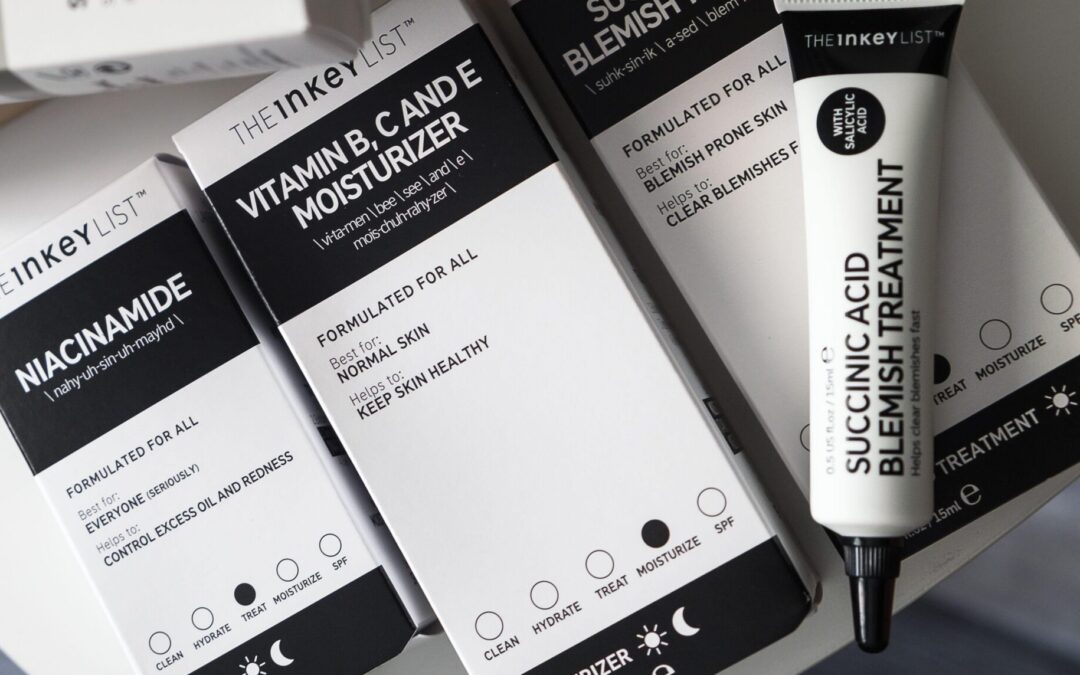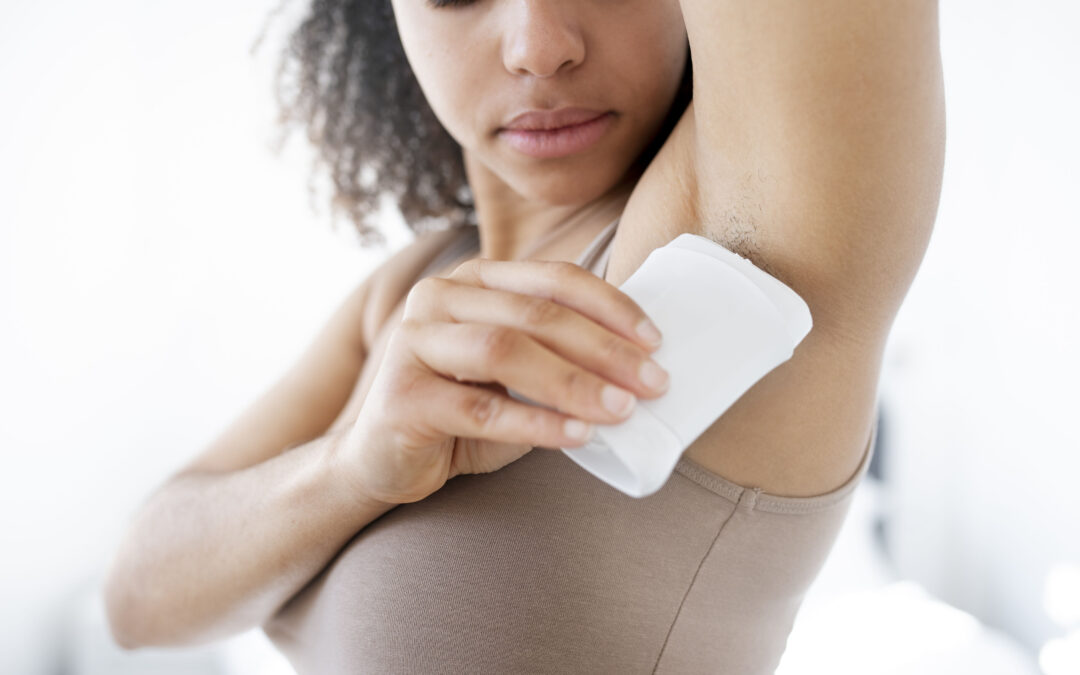Hangnails aren’t something you hear spoken about often, even though many of us get them, it may be that you didn’t even know the name for them.
We’re talking about those little pieces of skin that peel up and away from the edge of your fingernails, while remaining attached at one end.
The torn bits of skin are often left flailing around, with them being too painful to pull off. They can cause a numb or tender feeling around the affected nail, which can be quite unpleasant, until they fall off and the surrounding skin returns to normal.
The sensation of them being pulled back and brushing or rubbing like hairs on the surfaces of things you touch is not a nice feeling and it can create a strong urge to pull or rip them off. Pulling them off can make them go away, but sometimes it can also make them worse – whether you manage to pull them off or not.
Trying to remove the skin when it doesn’t want to peel off risks causing further irritation, or could cause more soreness through an infection like paronychia. Having said that, the skin normally recovers on its own, even if you have put the area through a bit of grief by trying or failing to remove the bit of skin.

Dry skin, potentially caused by over exposure to hand soap or cold weather, is seen as one of the most common causes of hangnails. However, this isn’t the only cause and naturally, some people are more susceptible than others.
Biting or picking at your nails, instead of using clean nail scissors or clippers, is possibly the worst thing you can do and is most likely to increase your chances of getting them.
Harvard medical school recommends taking some of the following steps to prevent hangnails and aid the healing of skin around your nails that are currently suffering.
Keep the skin on your hands and fingers dry, clean and hydrated, this can help significantly.
Try to avoid washing your hands excessively, avoiding harsh soaps and applying moisturiser should help with this.
Putting a plaster over the hangnail, or the remains of one, can protect the area from brushing against or catching on things and will prevent you from touching them. It’s not always necessary to use a plaster though and it may be that it will heal faster without anything put over them.
If you already have a hangnail, you can soak your fingers to help soften the skin around the nail. You can then use clean nail scissors to gently make a cut at the bottom of the slither of skin. Afterwards, try not to touch the area anymore to give it the best chance of healing quickly.
Potential signs of an infected hangnail, which may need medical attention is inflamed skin, swelling, warmth or pus coming from the area around the nail.
This article is not medical advice, if you have concerns relating to persistent or potentially infected hangnails, speak to a doctor or professional to get help specific to your case.



